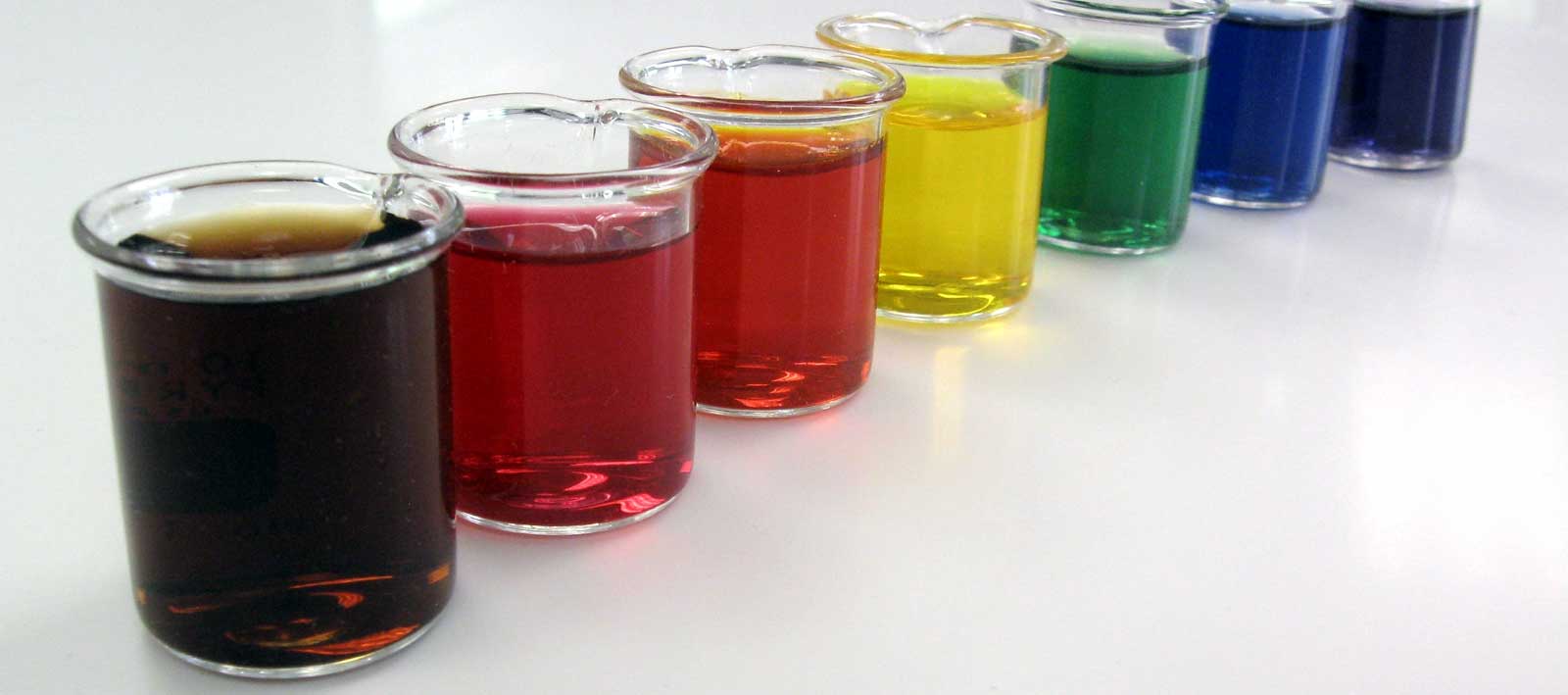Food coloring ingredients are used in the food industry to add or enhance color in food products. These ingredients can come in the form of liquid, gel, paste or powder, and can be derived from natural or synthetic sources. They are used to make food products look more appealing, to correct color loss due to exposure to light, air, temperature extremes, moisture and storage conditions, or to standardize the color of food products that naturally vary in color.
Three of the most common types coloring ingredients are artificial coloring, natural food coloring and caramel coloring. Controversy surrounds use of artificial coloring as discussed below.
Artificial Food Coloring
Artificial food coloring is the most widely used type of coloring in the food industry. These are made from synthetic materials which are less expensive than natural food coloring. Artificial food coloring is used to give food and drinks vibrant and intense colors. Some of the most commonly used artificial food colorings are Red 40, Yellow 5, and Blue 1.
Natural Food Coloring
Natural food coloring is made from plant-based or animal-based sources and is considered safer for consumption than artificial food coloring. Some popular examples of natural food coloring are beet juice, turmeric, and paprika. Natural food coloring is more expensive than artificial food coloring and may not produce the same intensity of color as artificial food coloring.
Caramel Coloring
Caramel coloring is made by heating sugar until it caramelizes and is commonly used in soft drinks, sauces, and baked goods. It is a natural food coloring that gives food and drinks a rich brown color. Caramel coloring is often used in combination with other coloring ingredients to produce the desired color.
Whether it is artificial or natural, coloring serves the purpose of making food and drinks more visually appealing to consumers. Critics claim that there are health risks associated with consuming excessive amounts of artificial food coloring. They point to studies that have shown that artificial food coloring may increase hyperactivity and attention deficit in children. Other studies have suggested that some agents may even be carcinogenic although the relationship has never been proven to be causal. Excessive consumption of artificial food coloring has also been linked to severe allergic reactions and other health problems such as migraines, asthma, swelling and hives. As a result, many countries have placed warnings on products that contain artificial food coloring.

